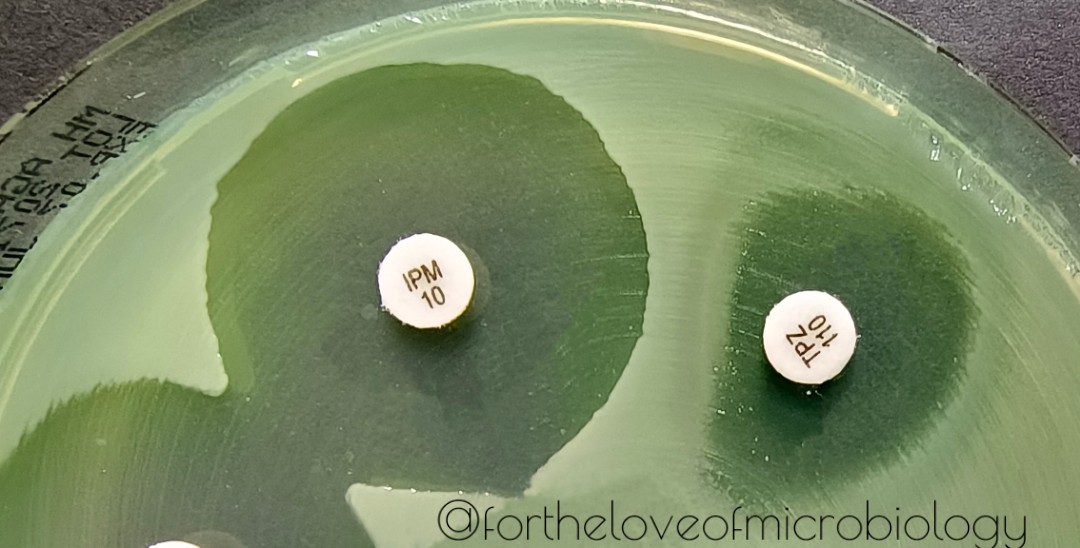
India ink preparation of CSF from a patient with cryptococcal meningitis showing the budding yeast cells of C. neoformans surrounded by a characteristic wide gelatinous capsule. The yeasts also show narrow-base budding and characteristic variation in size. 

The space occupied by the capsule shows as a clear space between the gray background of the ink particles and the refractile edge of the cell.
India ink/nigrosin stain is a negative, acid stain. This means that the dye easily gives up a hydrogen ion (proton) and the chromophore of the dye becomes negatively charged. Since the surface of most organims cells is negatively charged, the cell surface repels the dye.
The yeast with its capsule will appear as bright dots on a dark background.
India ink microscopy has historically been a quick, low-resource method to detect Cryptococcus in the CSF The stain fills the background field, but it is not taken up by the thick Cryptococcus capsule, forming a halo of light by which it can be visualized using a light microscope
While simple and readily accessible in resource-limited settings, where the burden of cryptococcal infection is the greatest, unfortunately, sensitivity is low (86% in expert hands), meaning that 1 in 7 diagnoses are missed by India ink microscopy.
For persons presenting early in disease process with lower burden of infection, India ink’s sensitivity is only 42% when the CSF Cryptococcus CFU value is <1,000 per ml of CSF.
CSF centrifugation can likely increase the sensitivity of microscopy; however, microscopy is less sensitive than testing for CrAg
#Fortheloveofmicrobiology #clinicalmicrobiology #mmidsp #microrounds #IDpath #ASMClinMicro
#MicroTwitter #WomenInSTEM #WomeninMicrobiology #STEM #medtwitter #ClinMicro #microbiologypakistan #PathBugs
#MicroTwitter #WomenInSTEM #WomeninMicrobiology #STEM #medtwitter #ClinMicro #microbiologypakistan #PathBugs
• • •
Missing some Tweet in this thread? You can try to
force a refresh







